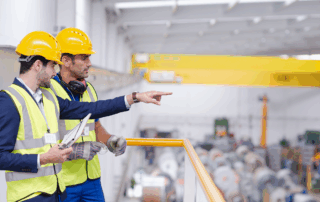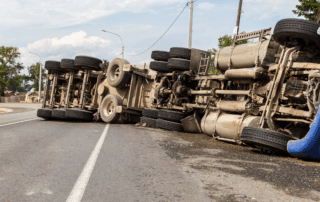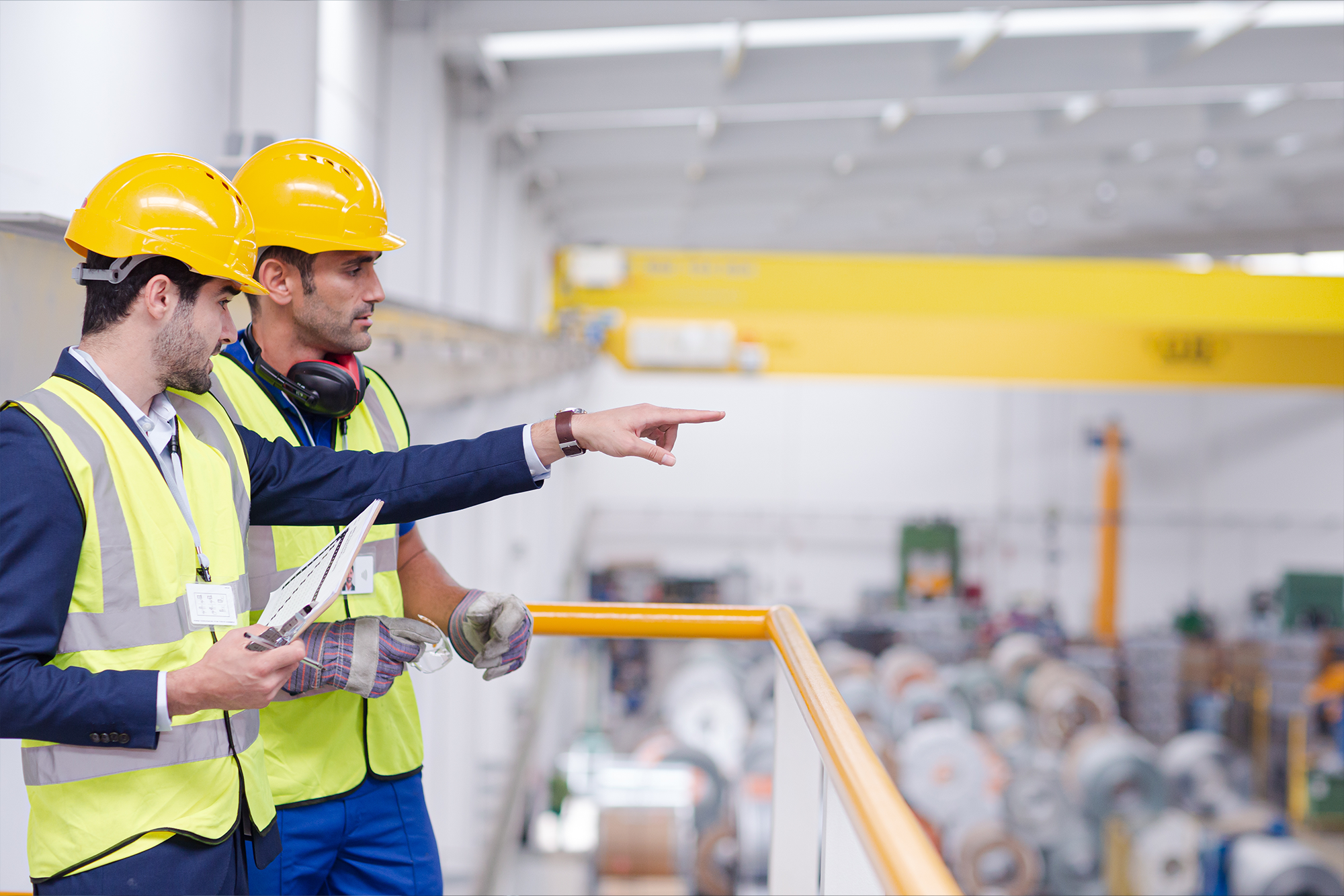Tips for Teens in Construction
The construction industry ranks third in the number of work-related youth fatalities, but you can help lessen or even eliminate this statistic by paying attention to all safety guidelines.
The Basics
- If you are younger than 15, you cannot work on construction sites by law.
- Make sure you have clear instructions on each and every task. If you do not understand, ask someone before beginning.
- Never perform a task you have not previously been trained to do.
- Trust your instincts about dangerous situations.
- Never work alone.
- Make sure your personal protective equipment (PPE) is properly sized.
- Always work under proper supervision.
- Stay sober and drug-free.
- Try to familiarize yourself with the federal and state youth employment laws; a good resource is the Department of Labor (www.dol.gov).
Prohibited Jobs
Certain jobs are declared hazardous by the Fair Labor Standards Act (FLSA) and are therefore prohibited for youth under age 18. Specifically relevant for construction workers are:
- Driving a motor vehicle
- Operating power-driven woodworking machines (including drills and nail guns)
- Operating forklifts, cranes, hoists or elevators
- Operating power-driven circular saws, band saws and guillotine shears
- Wrecking, demolition and shipbreaking operations
- Roofing operations
- Excavation operations
Know the Hazards
There are six main hazards you need to be aware of in the construction industry:
- Machines and tools – Moving machine parts have the potential to cause severe injuries. Any machine part, function or process that may cause injury must be safeguarded. Teens under age 18 should not be using this equipment, but it is important to be aware of the dangers regardless.
- Confined spaces – There are many instances in which workers must squeeze in and out of narrow openings and perform tasks while cramped or contorted. Suffocation is a main concern when doing these jobs.
- Electrocution – Overhead power lines are a main concern when working in construction. They carry tens of thousands of volts of electricity. Certain equipment (such as aluminum paint rollers or metal ladders) conducts electricity and can be fatal.
- Falls – Falling is the most common cause of death for construction workers. Fall protection is vital when working at heights above six feet.
- “Struck-by” – The second most common cause of death is being struck by an object or vehicle. It is important to pay close attention to alarms and horns when on the job.
- “Caught-between” – Be sure to stay alert when working around any large objects that might move. Being crushed is a scary but very real hazard on a construction site.
Before beginning any job, make sure that you understand the proper safety procedures and policies on the job site. Your supervisor can answer any questions you may have. Safety should always be your top concern.
This Risk Insights is not intended to be exhaustive nor should any discussion or opinions be construed as legal advice. Readers should contact legal counsel or an insurance professional for appropriate advice. © 2020 Zywave, Inc. All rights reserved.
About the Author
Share This Story
Related Blogs
OSHA Announces Top 10 Violations for 2025
OSHA recently revealed its top 10 most frequently cited standards in the 2025 fiscal year using preliminary data. This information is valuable for businesses of all kinds, as it helps them identify common exposures that affect their workforce and gives them the information they need to plan their compliance programs.
Cyber Hygiene for Schools: Teaching Digital Safety to Students
Cyber hygiene for schools is more important than ever in today’s digital learning environment. Teaching digital safety to students not only protects their personal information but also strengthens overall school cybersecurity. With increasing online access in classrooms, cyber hygiene for schools must become a routine part of curriculum planning and student behavior expectations.
Mental Health Benefits Go Mainstream: What Employers Need to Know
Once considered a niche offering or a reactive add-on, mental health benefits have now moved to the center of the employee experience. In 2025, nearly half of U.S. employers offer some form of mental health support beyond traditional EAPs—a sharp rise from just 30% in 2023. This shift isn’t just cultural; it’s strategic.








